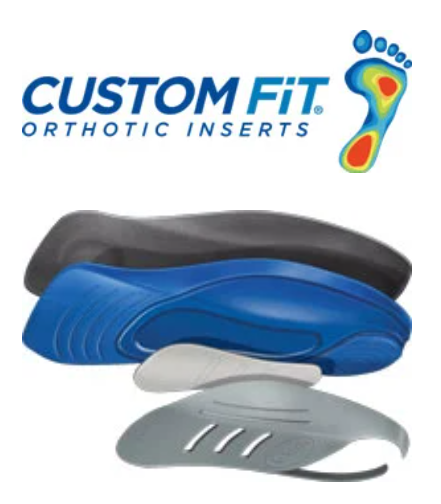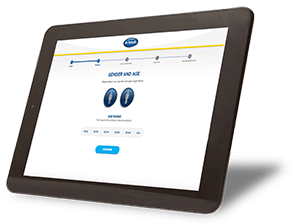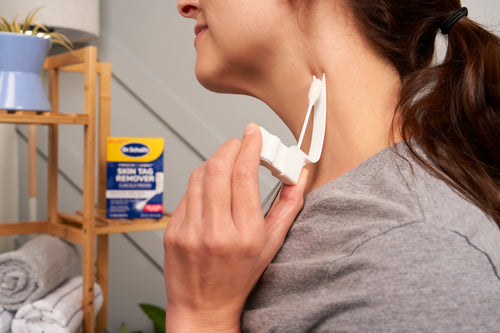Plantar fasciitis is inflammation at the site where the plantar fascia, a long ligament that runs along the bottom of the foot just below the skin, attaches to the heel bone. This thin strong fibrous ligament attaches the heel bone to the toes. The plantar fascia supports the arch of the foot when standing and engaging in any type of activity that involves putting pressure on the foot, such as walking and running.
When the plantar fascia experiences inflammation at the point of attachment, pain can occur. The pain from plantar fasciitis is usually concentrated in or around the heel. In fact, plantar fasciitis is one of the most common reasons for heel pain. Most often, the discomfort develops over time and increases in intensity little by little. However, the true sign of plantar fasciitis is a very acute pain in the heel upon rising from bed in the morning.
The pain may then improve with increased activity during the day, but then it may return when you first stand after sitting or lying down for a considerable length of time. Pain may also worsen following a lengthy period of intense exercise where the feet are heavily impacted.












